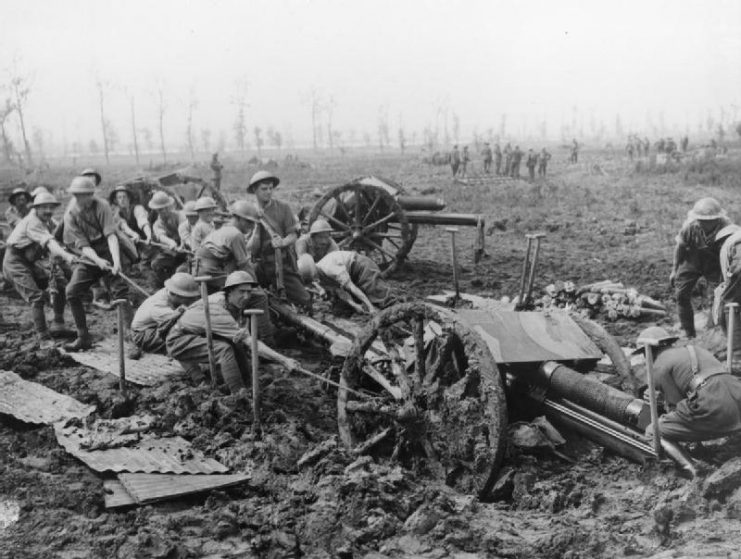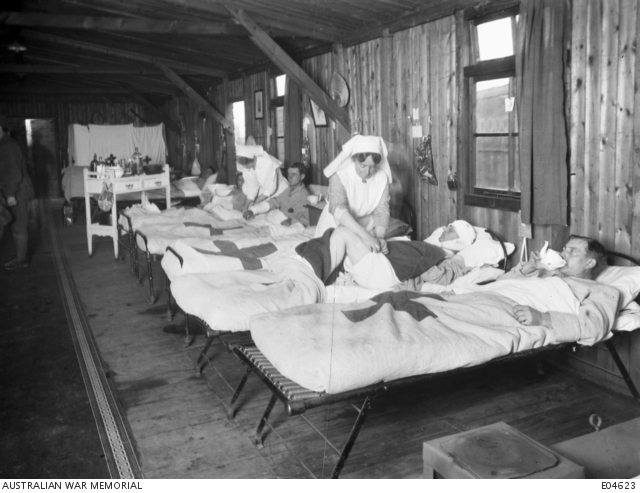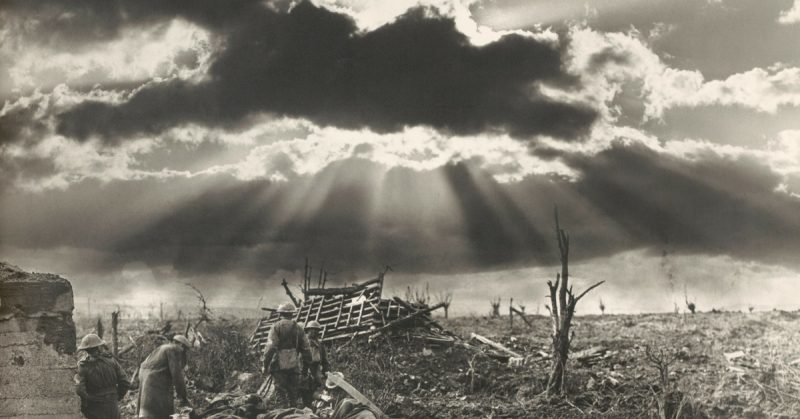The journal of a young World War I soldier, Norman Gray, went up for auction in April 2018. The diary describes the places he went and the horrors he witnessed while fighting on the Western Front including the battles of the Somme, Passchendaele, Cambrai and the fifth Battle of Ypres. While the diary and accompanying documents relating to Gray’s military service did sell, the auctioneer, Henry Aldridge & Son of Devizes, Wiltshire in south-west England, has asked that the hammer price is not published.
The lot was expected to sell for around ten thousand dollars. The entire lot consists of photographs, including one of Gray, his pay books, travel documents, his hospital admittance paper, his discharge documents and the paperwork filled out to award him the 1914-1915 Star medal. Auctioneer Andrew Aldridge stated, “One could argue that writings like these should be mandatory reading for schoolchildren and politicians of today to realize what our ancestors went through and to learn lessons for today.”

According to Army form B2505a, Gray’s enlistment form which is included in the lot, Norman Vincent Gray, age nineteen, was scheduled to report for duty with His Majesty’s Army on the 14th of June 1915 at 9:00 A.M. at his hometown of Sutton, Surrey. Once he was trained he was assigned to the Royal Field Artillery as a driver, and in December he was sent to the Western Front, the main theatre of battle in World War I. It ran for just over four hundred miles from the northern coast of Belgium southward through France and western Germany. Gray spent nearly three years in France fighting in some of the bloodiest battles of the war until 1918 when he was shot in the elbow and sent home to recuperate.
In one entry, dated July 31, 1917, Gray describes the first day of the Battle of Passchendaele, also known as the Third Battle of Ypres. “At 4 am we opened our attack to take the ridges at St. Julian and Frezenberg. The weather was bad and it started to rain in the morning. While getting our breakfast the enemy dropped 3 or four shrapnel shells among us killing two of my mates and wounding three gunners. However, we took some ground and advanced our guns into the old no man’s land the other side of Wieltze. It was a bad day for us, our casualties were very high, and the ground awful. Every time we fired a gun we had to dig her out of the mud, and the rain which had been drizzling all day began to fall down heavy.”

Another entry from August 1917 recounts the deaths of many of his fellow soldiers. “That night we had 30 reinforcements sent us but by the morning they were all casualties (killed or wounded). The advance was not going great.
Gray’s next entry was on August 4th: “We again attacked but did not make headway, we did not advance our gun, we had been taught a lesson for our casualties when we were in the old no man’s land were nearly 100%. We lost our Sergeant Major, three sergeants, and reinforcements came and went away again as casualties quite a number were killed. I had two or three trips to the front line trenches, the dead were lying about in groups. Our working parties buried them in graves holding 50 to 100 each.”
By 1918 the war had become one of attrition. The United States had joined the war, and although the Germans had plenty of armaments, they were running low on soldiers to use them.
In October 1918, Gray was shot in the elbow and evacuated home. He recovered and was sent back to France days before the Armistice. He thus managed to survive the war to end all wars.
